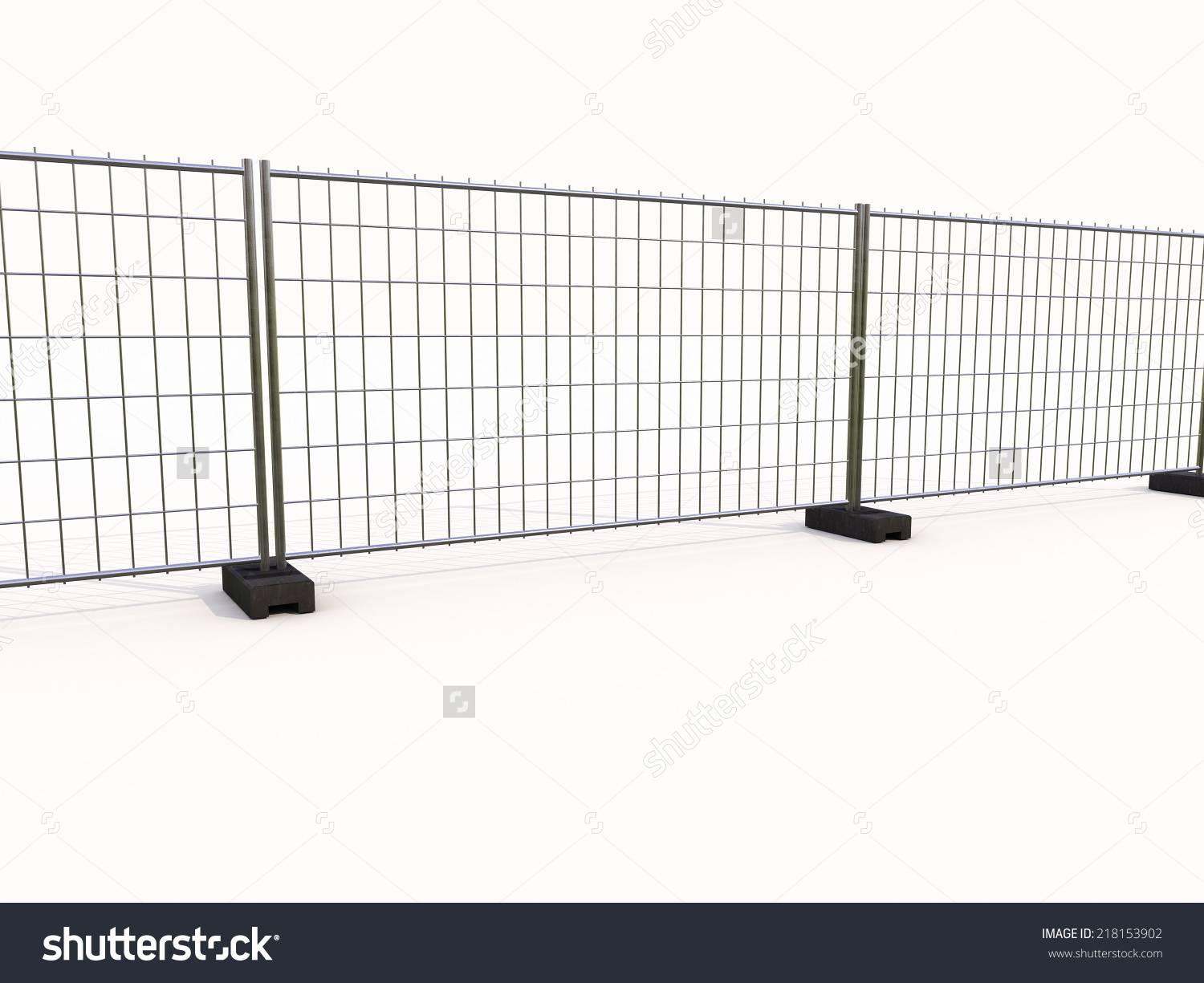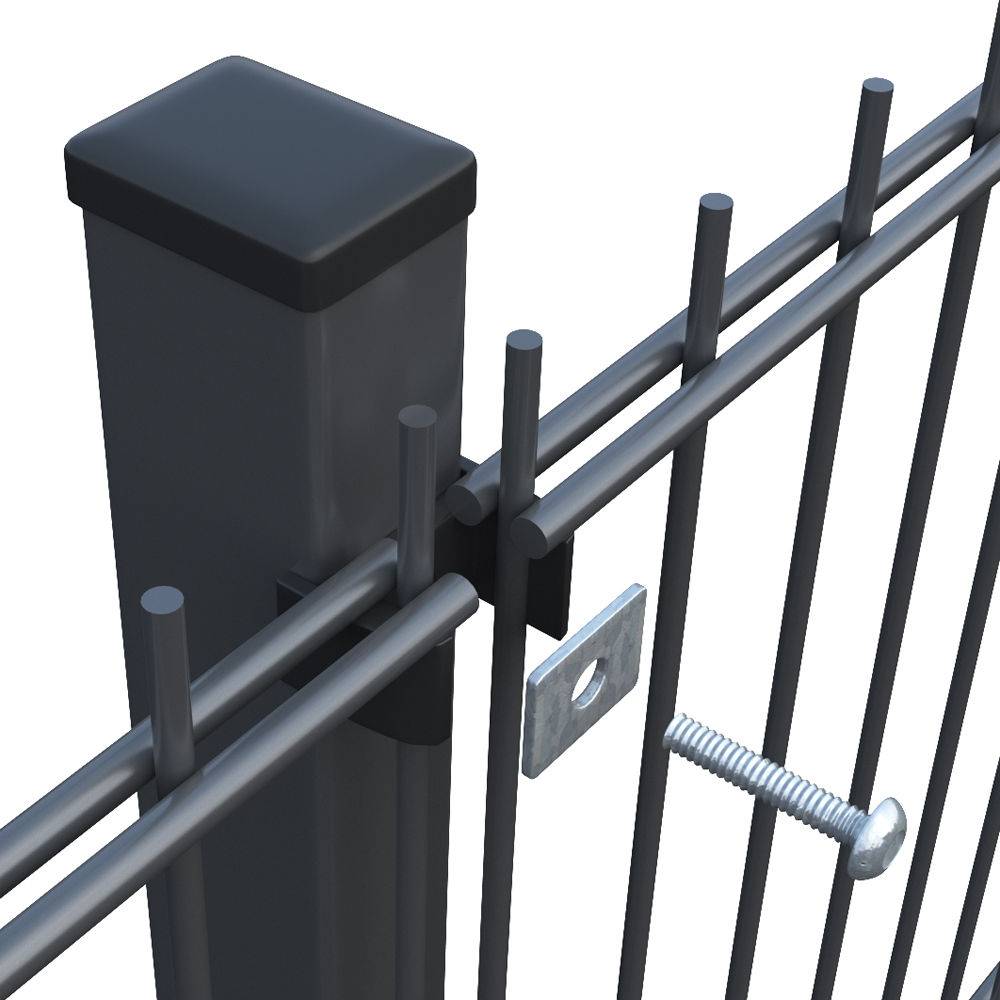
High-Security Airport Fence & Perimeter Fencing Solutions
Elevating Security: The Indispensable Role of Airport Fencing Solutions
In an era of escalating global security concerns, the protection of critical infrastructure, particularly international and regional airports, has become paramount. The airport fence stands as the first line of defense, a physical barrier meticulously engineered to deter unauthorized access, prevent intrusions, and ensure the safety of passengers, personnel, and assets. Current industry trends highlight a significant shift towards integrated security solutions, where perimeter fencing is no longer a standalone component but an integral part of a sophisticated, multi-layered defense system incorporating advanced surveillance, access control, and alarm technologies. The demand for robust, high-security fencing, often referred to as airport security fencing or airport perimeter fence, continues to grow, driven by stricter international aviation security regulations and an increasing awareness of potential threats, ranging from trespassers to more organized security breaches. The evolution of materials science and manufacturing techniques has led to fencing systems that offer superior strength, durability, and resilience against environmental factors and forced entry attempts. Furthermore, the aesthetic integration of these barriers with the airport's architectural landscape is also gaining traction, ensuring security measures do not detract from the facility's overall appeal. This strategic component, often conceptualized as a fence airport system, requires meticulous planning, precise engineering, and adherence to stringent quality controls to meet the rigorous demands of aviation environments. The design considerations extend beyond mere physical obstruction, encompassing features that mitigate climb attempts, resist cutting, and integrate seamlessly with electronic detection systems, making them a cornerstone of modern airport security protocols. The continuous innovation in material science and engineering plays a crucial role in enhancing the efficacy and longevity of these critical infrastructure components. For instance, the advancement in coating technologies ensures that these fences can withstand extreme weather conditions, corrosive airborne particles, and continuous UV exposure without compromising their structural integrity or aesthetic appearance. This durability significantly extends the product's service life, reducing the frequency and cost of maintenance, thereby offering substantial long-term value to airport authorities. Moreover, the modular design often adopted in the construction of a robust airport fence facilitates quicker installation and easier repairs, minimizing operational disruptions in high-traffic airport environments. The security parameters of such fencing solutions are continually being re-evaluated and upgraded to counter evolving threat landscapes, emphasizing designs that provide optimal visibility for security monitoring while maintaining an impenetrable barrier. The integration of anti-dig features and specialized tops, such as razor wire or barbed wire, commonly associated with a flying w fence configuration, further enhances the system's ability to prevent circumvention, making it a comprehensive security solution against diverse threats. The strategic implementation of these advanced fencing systems is not merely about compliance but about proactive risk management, safeguarding lives, assets, and the seamless continuity of global air travel.
Precision Engineering: Technical Specifications and Performance Metrics of Airport Fences
The effectiveness of any airport fence hinges on its precise technical specifications and inherent performance metrics, which are meticulously engineered to meet stringent security and durability requirements. Key parameters include wire diameter, mesh opening, panel height, post specifications, and the type of anti-corrosion coating. Typically, high-security airport fencing utilizes robust steel wires, often ranging from 4mm to 6mm in diameter, welded into a tight mesh pattern, commonly 50x200mm or smaller, to prevent handholds and footrests for climbing. Panel heights frequently exceed 2.4 meters, often reaching 3.0 meters or more, providing a substantial vertical barrier. Posts are usually heavy-duty rectangular or square hollow sections, hot-dip galvanized and then powder-coated for maximum longevity, anchored securely into the ground to withstand significant impacts and wind loads. The coating process is critical, with hot-dip galvanization offering a sacrificial layer of zinc for superior rust protection, followed by a polyester powder coating that provides an additional layer of defense against UV radiation, abrasion, and harsh weather conditions, ensuring an impressive service life often exceeding 20-30 years in challenging outdoor environments. The integrity of the welding points, which join the horizontal and vertical wires, is paramount; these must be uniformly strong and resistant to breaking or separation under stress. Beyond physical dimensions, performance metrics include resistance to cutting (using standard tools), resistance to climbing (due to small mesh apertures and often 'V' shaped beams at the top, sometimes with anti-climb spikes or razor wire), and structural stability under extreme weather conditions like high winds. These fences are not merely passive barriers but active components designed to delay intruders, allowing security personnel sufficient time to respond to a breach. Moreover, advanced airport perimeter fence systems often incorporate additional security features such as sensor integration, allowing for immediate detection of cutting, climbing, or tampering attempts. The strength-to-weight ratio of the materials used is optimized to provide maximum security without requiring excessively heavy or cumbersome structures. This optimization is particularly important for ease of installation and maintenance. The design often incorporates a "358 mesh" or "anti-climb mesh," characterized by apertures of 76.2mm x 12.7mm (3" x 0.5") and 8 gauge wire (4mm), making it extremely difficult for an intruder to penetrate using conventional hand tools or to gain a foothold. The material composition, usually low carbon steel wire or galvanized steel, is selected for its high tensile strength and ductility, which allows it to absorb impact without fracturing. Regular testing against international standards, such as ASTM F2781 for "perimeter security barriers" or specific ISO standards for material strength and corrosion resistance, ensures that the delivered products meet or exceed the performance expectations for critical security applications. The following table illustrates typical specifications:
| Parameter | Typical Specification | Security Impact |
|---|---|---|
| Wire Diameter | 4.0mm - 6.0mm (8-6 Gauge) | Resists cutting, enhances rigidity. |
| Mesh Opening | 50x200mm (2"x8") to 76.2x12.7mm (3"x0.5" - '358' mesh) | Anti-climb, prevents hand/footholds, deters tool penetration. |
| Panel Height | 2.4m - 4.0m+ | Vertical barrier to deter scaling. |
| Post Type | Square/Rectangular Hollow Section (SHS/RHS) 60x60mm to 100x100mm | Structural support, withstands impact and wind. |
| Corrosion Protection | Hot-dip Galvanization (min. 60g/m²) + Polyester Powder Coating (min. 80 micron) | Extends service life, maintains aesthetic and structural integrity. |
| Service Life | 20-30+ years | Long-term reliability, low maintenance cost. |
Manufacturing Excellence: The Robust Process Behind Airport Fencing
The production of a high-quality airport security fencing system is a testament to precision engineering and stringent quality control, involving a multi-stage manufacturing process designed to yield maximum durability and security. The journey begins with the selection of premium raw materials, primarily high-grade low-carbon steel wire or galvanized steel wire, chosen for its tensile strength and resistance to deformation. These wires undergo a meticulous straightening and cutting process to exact lengths and diameters, crucial for the subsequent welding stage. The core of the panel fabrication involves automated resistance welding, where horizontal and vertical wires are fused together under immense pressure and electric current. This process ensures strong, uniform weld points that resist detachment, a critical factor in the anti-cut and anti-climb properties of the fence. Unlike typical industrial components, fence manufacturing doesn't usually involve casting or forging; instead, it leverages advanced welding robotics and precise wire forming techniques to achieve the desired mesh patterns and panel rigidity. After welding, the panels are thoroughly inspected for weld integrity, dimensional accuracy, and flatness, adhering to strict internal quality standards and often conforming to international benchmarks like ISO 9001 for quality management systems. The next crucial stage involves surface treatment, which is vital for the longevity and corrosion resistance of the airport fence. This typically starts with thorough cleaning and degreasing to prepare the metal surface. Panels then undergo hot-dip galvanization, where they are immersed in molten zinc at approximately 450°C. This process forms a metallurgically bonded zinc coating, providing cathodic protection against rust, even if the coating is scratched. Following galvanization, the panels are often pre-treated with conversion coatings and then electrostatically powder-coated. This involves applying a dry powder paint (typically polyester-based for outdoor resilience) which is then cured at high temperatures in an oven, forming a durable, uniform layer that adds a secondary barrier against corrosion, UV radiation, and impact. This dual-layer protection system significantly extends the service life of the fencing to well over two decades, even in harsh coastal or industrial environments where corrosive elements are prevalent. Throughout these processes, rigorous testing is conducted, including salt spray tests (e.g., ASTM B117 or ISO 9227) to evaluate corrosion resistance, adhesion tests for the coating, and impact resistance tests. For instance, an airport perimeter fence manufactured to these standards excels in scenarios requiring robust physical security and minimal maintenance, demonstrating superior resistance to environmental degradation compared to untreated or poorly coated alternatives. This meticulous approach ensures that every fence panel meets the highest standards for critical infrastructure protection, offering unmatched reliability and a substantial return on investment through reduced maintenance and extended operational lifespan.
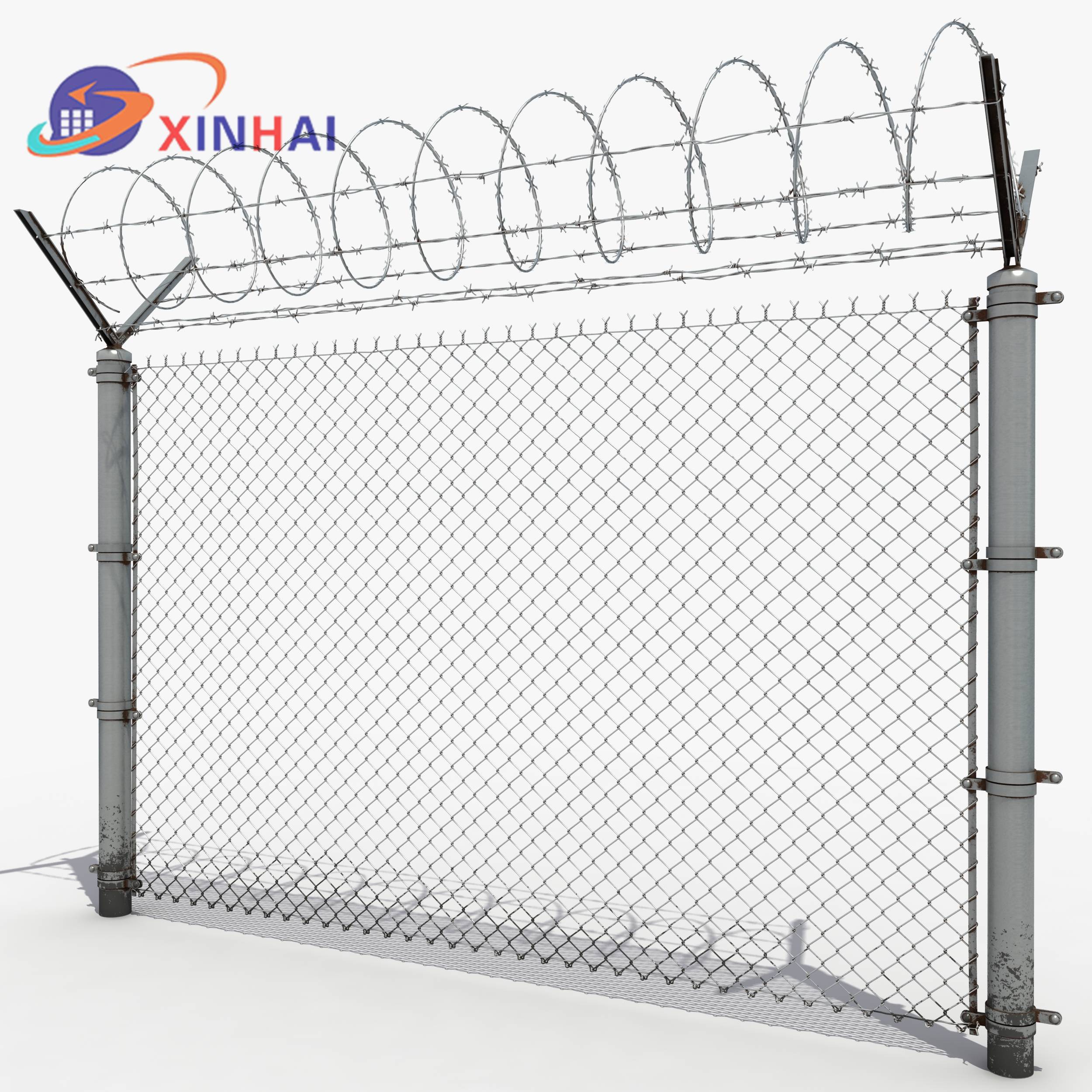
Diverse Applications and Strategic Advantages of Airport Fencing Solutions
The application scenarios for a high-security fence airport system are diverse and critical, extending beyond merely defining the airport's boundary. These sophisticated fencing solutions are indispensable for securing various zones within an airport, including the perimeter of runways, taxiways, cargo areas, fuel depots, hangars, air traffic control towers, and restricted access points. In these high-stakes environments, the primary advantage of a robust airport fence is its unparalleled security provision, acting as a formidable deterrent against unauthorized incursions, whether from wildlife, casual trespassers, or determined intruders with malicious intent. The dense mesh configurations, often incorporating 'anti-climb' features like 358 mesh or additional anti-scaling devices such as barbed wire or razor wire (sometimes in a 'W' or 'V' configuration, reminiscent of a flying w fence), make it virtually impossible to scale or cut through quickly. This inherent resistance provides critical delay time, enabling security forces to react effectively to potential breaches, thereby enhancing overall operational safety and adherence to international aviation security standards. Beyond security, these fencing systems offer significant long-term advantages. Their advanced corrosion resistance, achieved through multiple layers of protective coatings like hot-dip galvanization and polyester powder coating, ensures an extended service life, drastically reducing the need for frequent maintenance and replacement. This translates into substantial cost savings over the operational lifespan of the airport, making them an economically viable choice for long-term infrastructure investments. Furthermore, the robust construction provides excellent resistance to environmental stressors, including high winds, extreme temperatures, and heavy precipitation, ensuring the barrier remains intact and functional under diverse climatic conditions. The design often allows for easy integration with electronic security systems, such as CCTV cameras, motion sensors, and fiber-optic perimeter detection systems, creating a seamless, multi-layered security infrastructure. This synergy amplifies the deterrent effect and detection capabilities, providing real-time alerts to security personnel. The modular nature of many airport fence designs also facilitates rapid installation and efficient repairs, minimizing disruption to airport operations. Compared to less specialized fencing, the integrated approach of these systems provides superior protection, enhanced longevity, and greater adaptability for future security upgrades, making them an indispensable component of modern airport infrastructure.

Tailored Security: Customization and Comprehensive Solution Design
Recognizing that every airport presents unique geographical, environmental, and security challenges, effective airport fence solutions are rarely off-the-shelf products but rather meticulously customized systems. A professional manufacturer specializing in airport security fencing collaborates closely with airport authorities and security consultants to develop bespoke solutions. This process typically begins with a thorough site assessment, evaluating terrain topography, local climate conditions, existing infrastructure, and specific threat profiles. Based on this assessment, various design elements are customized, including panel height, mesh configuration (e.g., standard welded mesh, 358 anti-climb mesh, or double wire mesh for enhanced rigidity), post types and spacing, and the type of anti-climb toppings. For instance, an airport located near a coastal area might require enhanced corrosion protection beyond standard galvanization and powder coating, perhaps involving marine-grade coatings or stainless steel components for critical sections. Similarly, an airport in a high-wind zone would necessitate stronger posts and deeper foundations to withstand increased lateral forces. Customization also extends to integrating access control points, such as gates for vehicles and pedestrians, which are fabricated with matching security levels and often include electronic locking mechanisms and card reader integration. Furthermore, the customization process often involves advising on optimal sensor integration. This could range from simple taut-wire systems to sophisticated fiber-optic intrusion detection cables woven into the fence fabric, or even ground-based radar systems that detect movement beyond the perimeter. The goal is to create a seamless security envelope. Manufacturers may offer CAD renderings and detailed engineering drawings to visualize the proposed solution, ensuring all stakeholders are aligned. Long-standing companies in the perimeter security sector often have extensive experience in meeting international aviation regulations (e.g., ICAO Annex 17) and national security directives, providing peace of mind to clients. Our commitment to delivering superior airport perimeter fence solutions is underscored by our capability to manage projects from initial consultation and design to manufacturing, delivery, and installation support. This comprehensive service ensures that the final product is not just a fence, but a highly effective, integrated security barrier tailored precisely to the unique operational and threat environment of each airport, maximizing its protective efficacy and long-term value. Clients benefit from our deep expertise in material science, structural engineering, and security system integration, leading to solutions that are both robust and strategically adaptable.
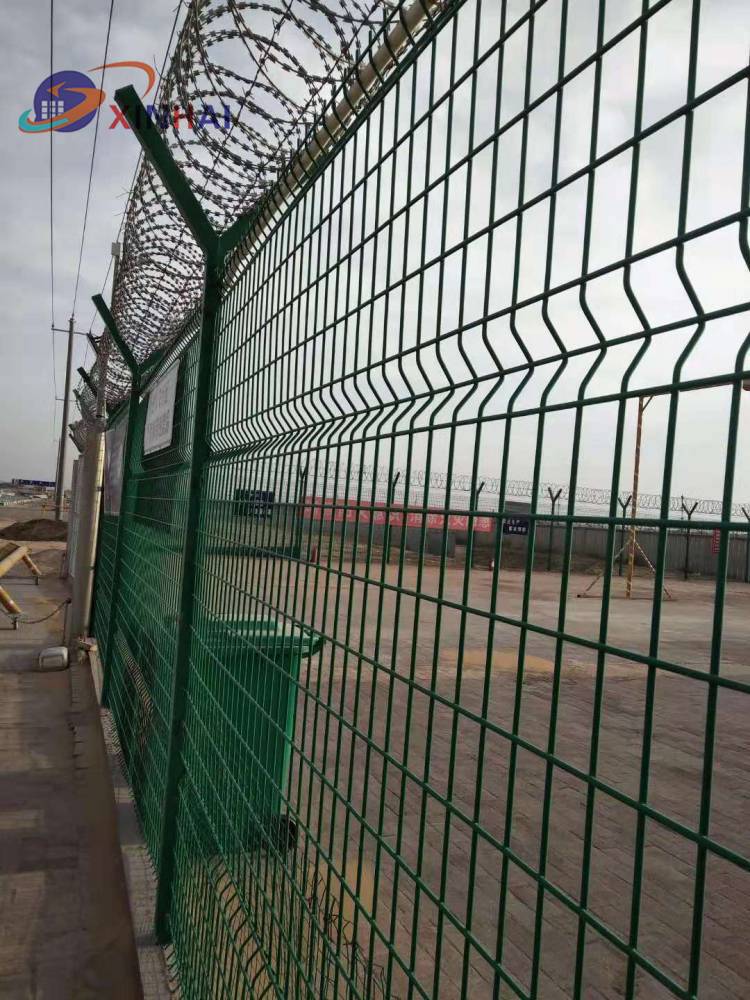
Authoritative Presence and Unwavering Trust in Airport Security Solutions
Our position as a leading provider of airport fence solutions is built upon a foundation of extensive experience, authoritative certifications, and a proven track record of successful projects globally. With over two decades in the perimeter security industry, we have cultivated an unparalleled expertise in designing, manufacturing, and deploying robust fencing systems for critical infrastructure. Our commitment to quality is validated by international certifications such as ISO 9001:2015 for Quality Management Systems, ensuring that every stage from raw material procurement to final product inspection adheres to the highest global standards. We also comply with industry-specific standards, including relevant ASTM and EN norms for material strength, welding integrity, and corrosion resistance, providing independent verification of our product's performance and durability. Our long-standing partnerships with major airport authorities and defense contractors worldwide underscore our reliability and the trust placed in our solutions. Client testimonials consistently highlight our product's exceptional performance and our team's responsive customer support. For instance, a major international airport recently lauded our rapid deployment capabilities and the superior anti-climb features of our airport security fencing during a critical expansion project. Our extensive service record includes securing airfields, military bases, and critical government facilities across various continents, demonstrating our versatility and global reach. We regularly conduct internal and third-party testing to validate the resistance of our fencing systems to cutting tools, impact forces, and environmental degradation, providing transparent data to our clients. Our adherence to strict manufacturing tolerances, combined with advanced anti-corrosion treatments, ensures that our products offer a significantly longer service life compared to industry averages, translating into lower lifecycle costs for our clients. We are not just a supplier; we are a strategic partner committed to enhancing the security posture of critical aviation assets worldwide, providing solutions that embody durability, reliability, and peace of mind. Our portfolio of successfully completed projects, alongside our comprehensive warranty offerings and dedicated after-sales support, reinforces our authoritative standing in the specialized field of airport perimeter fence solutions.
Ensuring Peace of Mind: FAQs, Delivery, and Warranty Information
Understanding the complexities involved in acquiring and deploying high-security airport fence systems, we aim to provide comprehensive support and transparency at every stage. Our frequently asked questions (FAQs) address common inquiries regarding product specifications, installation, maintenance, and compliance. For instance, clients often ask about the suitable mesh type for specific security levels; our experts guide them on options like standard welded mesh, 358 'anti-climb' mesh, or double wire mesh based on threat assessment. Another common question relates to environmental suitability: our advanced galvanization and powder coating ensure superior corrosion resistance, making our fences suitable for diverse climates, from humid coastal regions to arid desert environments. We also provide clear guidelines on integrating our fencing with existing or new electronic security systems, ensuring seamless interoperability. Regarding logistics, we pride ourselves on efficient project management and timely delivery. The typical delivery cycle for custom airport security fencing projects varies depending on the project scale, customization requirements, and destination. However, we maintain robust supply chains and optimized production schedules to ensure lead times are minimized, typically ranging from 4-8 weeks from order confirmation to shipment for standard configurations, with detailed schedules provided for larger, more complex projects. Our comprehensive packaging ensures products arrive safely and intact, ready for installation. Furthermore, our commitment to quality is backed by a robust warranty program. We offer a standard warranty of 10 to 20 years on the structural integrity and anti-corrosion performance of our airport perimeter fence systems, dependent on the specific product line and coating specifications. This warranty covers manufacturing defects and material failures under normal use and maintenance, providing long-term assurance to our clients. Our dedicated customer support team is always available to assist with technical queries, installation guidance, and any post-delivery requirements, ensuring a smooth and reliable experience from initial inquiry through the entire lifespan of the product. This holistic approach to client satisfaction, from product robustness to logistical efficiency and after-sales service, cements our reputation as a trusted partner in critical infrastructure security.
Frequently Asked Questions (FAQs)
- Q: What is the typical lifespan of an airport fence?
A: With proper galvanization and powder coating, our fences are designed for a service life of 20-30+ years, even in harsh environments. - Q: Can your fencing systems integrate with electronic security?
A: Yes, our fence designs are optimized for seamless integration with various electronic detection and surveillance systems, including CCTV, motion sensors, and fiber-optic cables. - Q: Are the fences resistant to cutting tools?
A: Our high-security meshes, particularly the 358 mesh, are designed with small apertures and robust wire diameters that make them extremely resistant to cutting tools, significantly delaying breach attempts. - Q: What is the lead time for a custom airport fencing project?
A: Lead times typically range from 4-8 weeks for standard customized orders, with larger projects having detailed schedules provided upon consultation. - Q: Do you provide installation services or guidance?
A: While we primarily focus on manufacturing and supply, we offer comprehensive installation guidance, technical support, and can connect clients with trusted installation partners if required.
Conclusion and Future Outlook in Perimeter Security
The criticality of an airport fence in safeguarding vital aviation infrastructure cannot be overstated. As the first line of physical defense, it plays a pivotal role in deterring threats, managing access, and providing a foundational layer for integrated electronic security systems. The industry is witnessing a continuous evolution, driven by the need for more resilient, intelligent, and sustainable perimeter solutions. Future trends in airport security fencing are likely to focus on enhanced material science, leading to lighter yet stronger components, further advancements in anti-corrosion treatments, and increased integration with AI-powered surveillance and autonomous security systems. The concept of a "smart fence" that can actively detect, classify, and even predict potential threats is becoming more tangible. Furthermore, sustainable manufacturing practices and the use of recycled materials are gaining traction, reflecting a broader industry commitment to environmental responsibility. As global air travel continues to expand and security threats evolve, the demand for cutting-edge airport perimeter fence solutions will only intensify. Our commitment to innovation, quality, and comprehensive client support ensures that we remain at the forefront of this vital sector, continuously delivering robust, reliable, and future-proof security infrastructure that protects lives and assets worldwide. We invite airport authorities, security consultants, and engineering firms to partner with us in defining the next generation of perimeter security.
Authoritative References
- International Civil Aviation Organization (ICAO) Annex 17 – Security: Safeguarding International Civil Aviation Against Acts of Unlawful Interference.
- ASTM International Standards on Fencing, Chain Link, and Wire Barriers (e.g., ASTM F2781, ASTM F2453).
- ISO 9001:2015 Quality Management Systems – Requirements.
- Journal of Airport Management, various articles on perimeter security and infrastructure.
- National Institute of Standards and Technology (NIST) Special Publications on physical security.
Recommended Products
Latest News About CHENG CHUANG
-
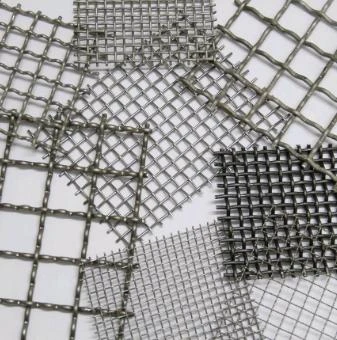 Wire mesh is durableWire mesh represents a cornerstone of modern industrial and agricultural solutions, offering unmatched versatility across countless applications.Read more >
Wire mesh is durableWire mesh represents a cornerstone of modern industrial and agricultural solutions, offering unmatched versatility across countless applications.Read more >Jul 11 2025
-
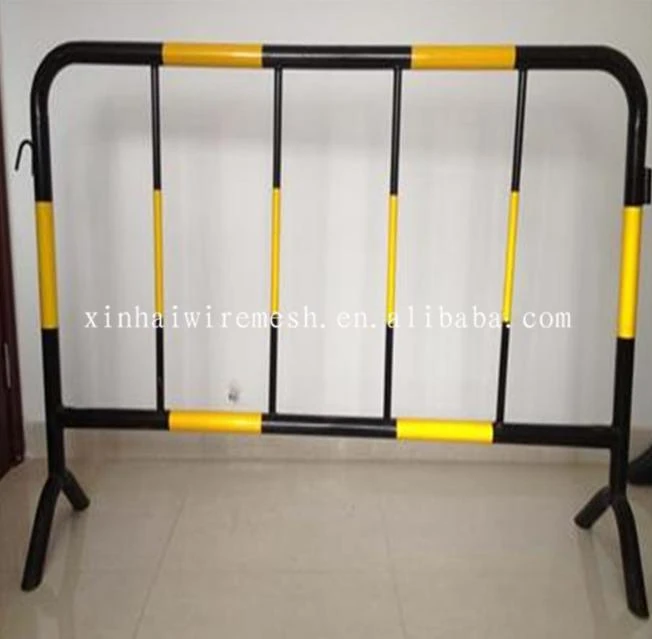 Safety barrier directs traffic flowIn high-risk environments, safety barrier systems stand as non-negotiable guardians against catastrophic incidents.Read more >
Safety barrier directs traffic flowIn high-risk environments, safety barrier systems stand as non-negotiable guardians against catastrophic incidents.Read more >Jul 11 2025
-
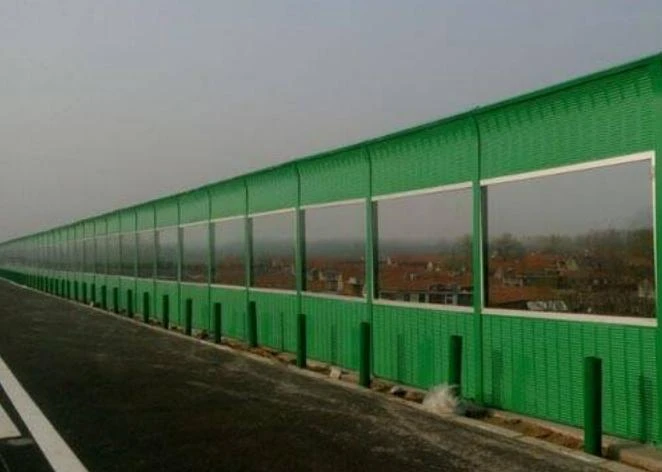 Modular Noise Barrier Eases InstallationUrbanization intensifies noise pollution, making noise barrier systems essential for preserving human health and tranquility.Read more >
Modular Noise Barrier Eases InstallationUrbanization intensifies noise pollution, making noise barrier systems essential for preserving human health and tranquility.Read more >Jul 11 2025
-
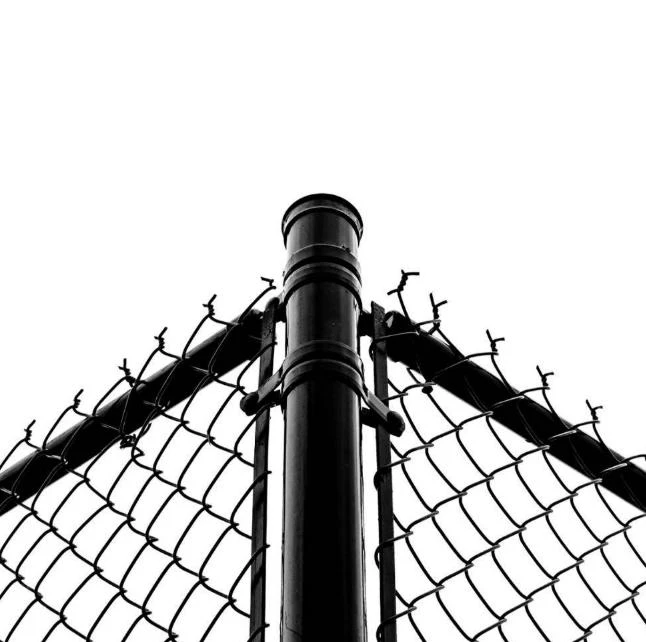 Metal fence types enhance securityMetal fence types form the backbone of modern perimeter security solutions worldwide.Read more >
Metal fence types enhance securityMetal fence types form the backbone of modern perimeter security solutions worldwide.Read more >Jul 11 2025
-
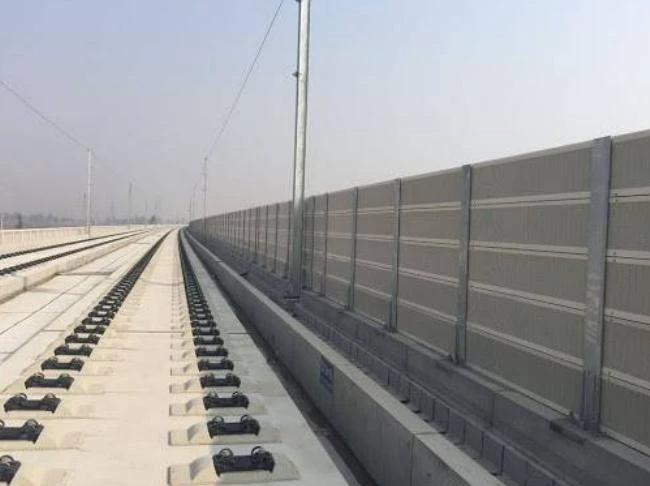 Crowd Control Barrier Manages Foot TrafficThe management of public gatherings demands precision, safety, and reliability, making crowd control barrier systems indispensable tools for organizers worldwide.Read more >
Crowd Control Barrier Manages Foot TrafficThe management of public gatherings demands precision, safety, and reliability, making crowd control barrier systems indispensable tools for organizers worldwide.Read more >Jul 11 2025


